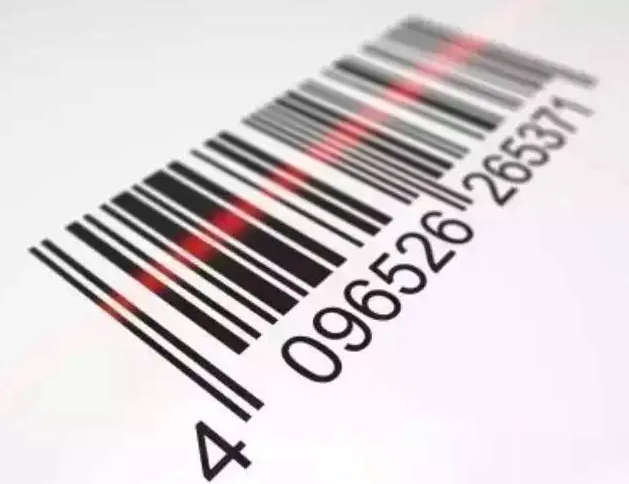One-dimensional bar code and two-dimensional bar code introduction

Introduction to Common Bar Codes
EAN code: EAN code is a commodity bar code developed by the International Article Coding Association, which is used all over the world. EAN code symbols have standard version (EAN-13) and shortened version (EAN-8) two, we buy goods packaging printed on the bar code is generally EAN code.
UPC code: UPC code is a commercial barcode developed by the United States Uniform Code Committee. It is mainly used in the United States and Canada.
39 code: 39 code is a bar code that can represent numbers, letters and other information. It is mainly used in the automatic management of industry, books and tickets. It is widely used at present.
Codebar code: Codebar code can also represent numeric and letter information, which is mainly used for automatic identification in medical and health care, library and information, materials and other fields.
Two-dimensional bar code:
The information carried by the one-dimensional barcode is limited. For example, the barcode on the commodity can only accommodate 13 bits (EAN-13 code) Arabic numerals, and more information can only rely on the support of the commodity database. Without the pre-established database, this barcode is meaningless, so it also limits the application scope of the barcode to a certain extent. For this reason, two-dimensional bar codes were invented in the 1990s. In addition to the advantages of one-dimensional bar codes, two-dimensional bar codes also have the advantages of large amount of information, high reliability, confidentiality, strong anti-counterfeiting and so on.
At present, 2D barcode mainly includes PDF417 Code, Code49 Code, Code 16K Code, Data Matrix Code, MaxiCode Code and so on, which are mainly divided into two categories: stacking or layer-type and checkerboard or Matrix type.
As a new information storage and transmission technology, 2D barcode has been widely concerned by the international community since its birth. After several years of efforts, it has been applied in many fields such as national defense, public safety, transportation, medical care, industry, commerce, finance, customs and government management. Depending on its huge amount of information carrying, 2D barcode can include the information stored in the background database when using 1D barcode in the past. The corresponding information can be obtained directly by reading the barcode. Moreover, 2D barcode also has error correction technology and anti-counterfeiting function, which increases the security of data.
Two-dimensional bar code can be used to compile photos and fingerprints, which can effectively solve the problem of machine-readable and anti-counterfeiting documents. Therefore, it can be widely used in passports, ID cards, car permits, military cards, health cards, insurance cards and so on. PDF417 technology has been used in driving licenses, U.S. military certificates, and military medical certificates in more than 10 states including Arizona for several years. The personal information and photos on the certificate are coded in the two-dimensional bar code, which can not only realize the automatic reading of the ID card, but also effectively prevent the occurrence of fake documents. The Philippines, Egypt, Bahrain and many other countries have also adopted 2D barcode technology on their ID cards or driving licenses, and the Hong Kong Special Administrative Region of China has also adopted 2D barcode technology on its passport. In addition, in the customs declaration, long-distance waybill, tax statement, insurance registration form, there are also two-dimensional bar code technology to solve the data input and prevent forgery, deletion and modification of the form examples.